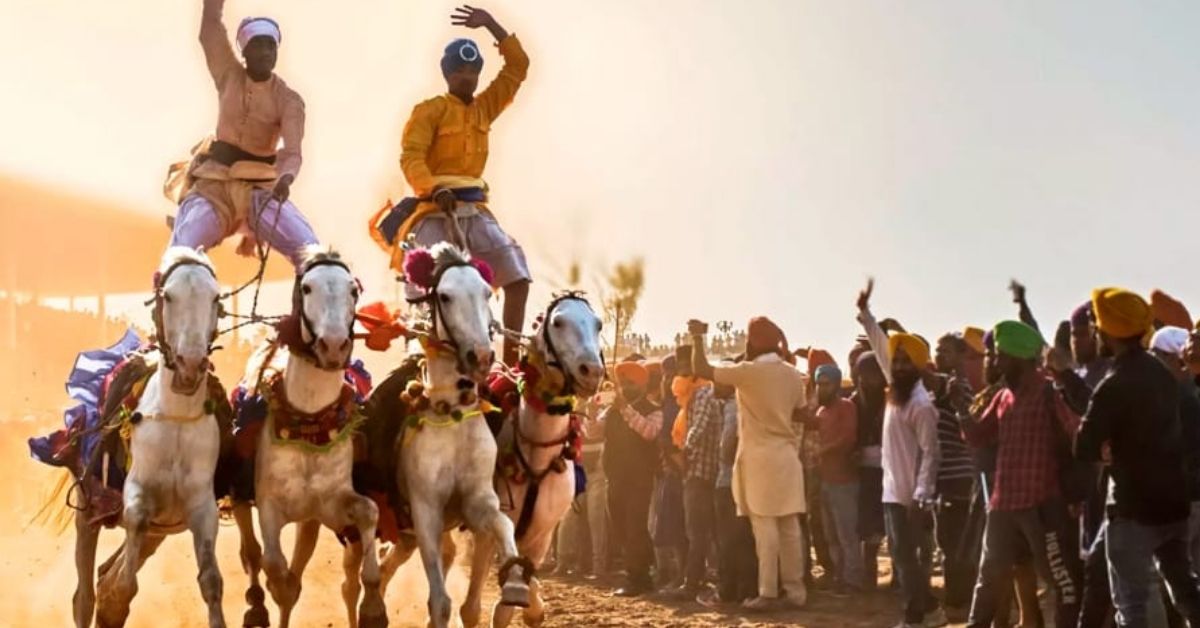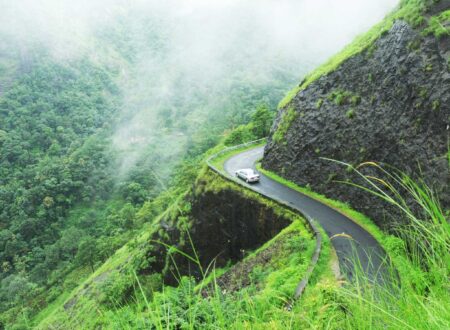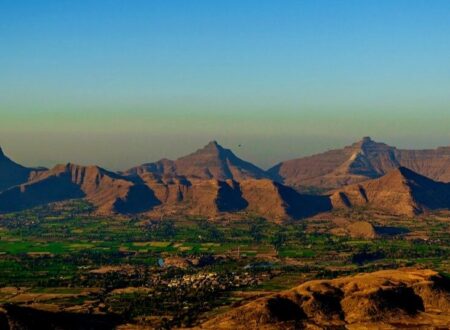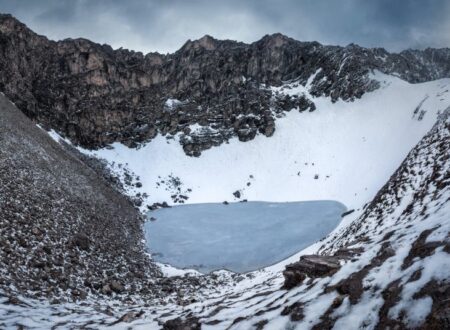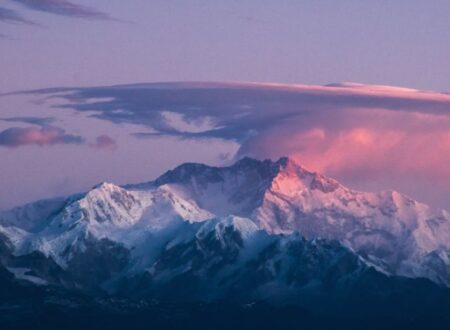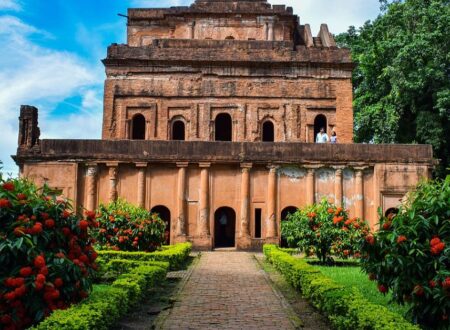Hola Mohalla is a 3-day grand Sikh festival where the Sikh Nihang community showcases their martial art expertise. The word ‘Hola Mohalla’ is for the “charge of Sikh Nihang warriors”. However, The Hola Mohalla festival is celebrated on the day after Holi, on the first day of the Lunar month of Chet which falls in the month of March.
History of Hola Mohalla
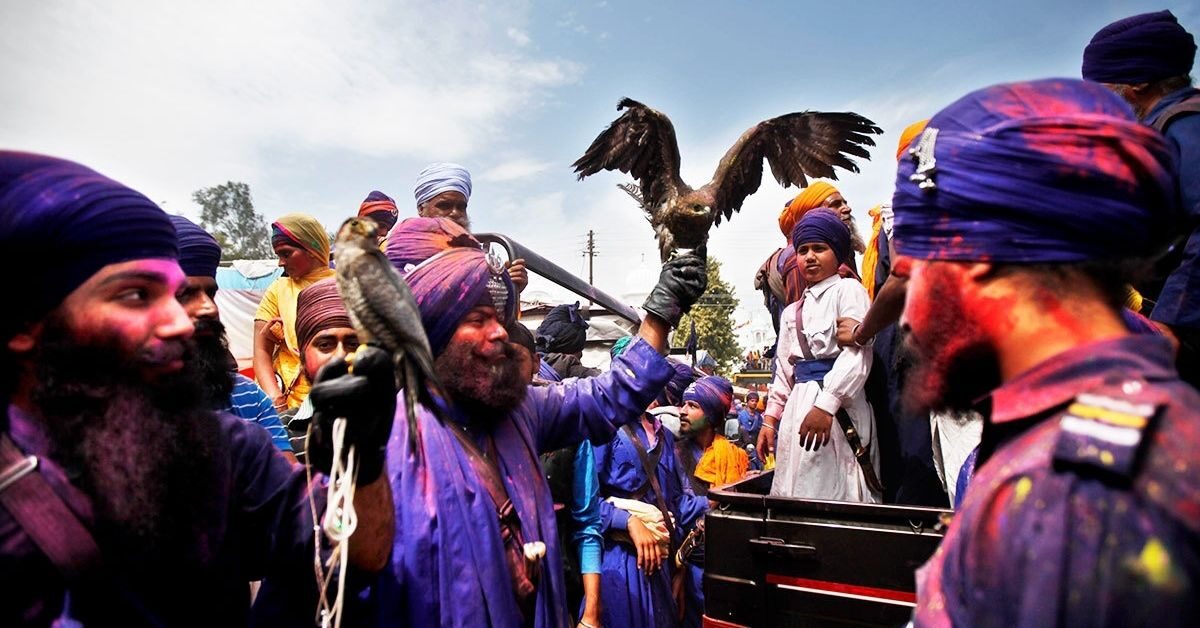
The Hola Mohalla was started by the tenth Sikh Guru, Guru Gobind Singh in 1701 as a practice of military exercises and mock battles. The Guru defended the Sikhs from the Mughul, Aurangzeb, and the Rajputs. Moreover, on 22nd February 1701, Guru Gobind Singh started a new tradition of dedicating a day towards mock fights and poetry contests. The event begins in Holgarh Fort, across the river Charan Ganga, Anandpur Sahib. Hola Mohalla takes the form of demonstrating martial skills in battles. The three-day festival is celebrated with mock fights, music, poetry, kirtan, etc.
Reaching Anandpur for the festivities
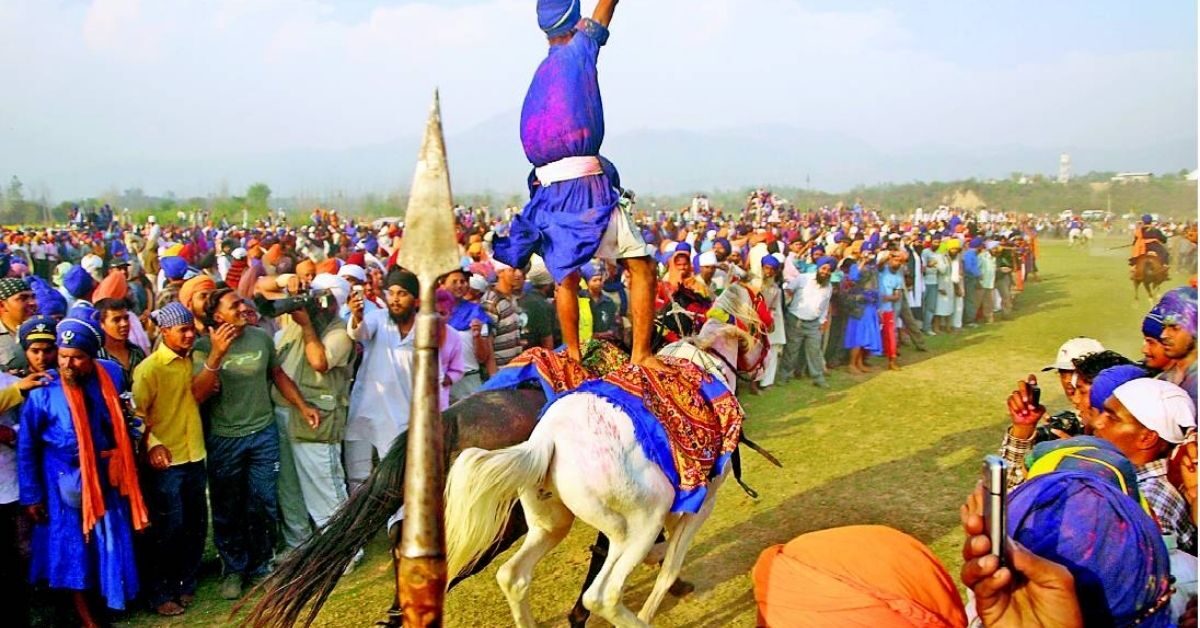
Before the start of the event, everybody reaches Anandpur, which is situated in the Indian state of Punjab. They come bringing with them raw ingredients for cooking such as wheat and other grains for the camps and the Shri Keshgarh Sahib Gurudwara’s community kitchen.
The Grand Hola Festival
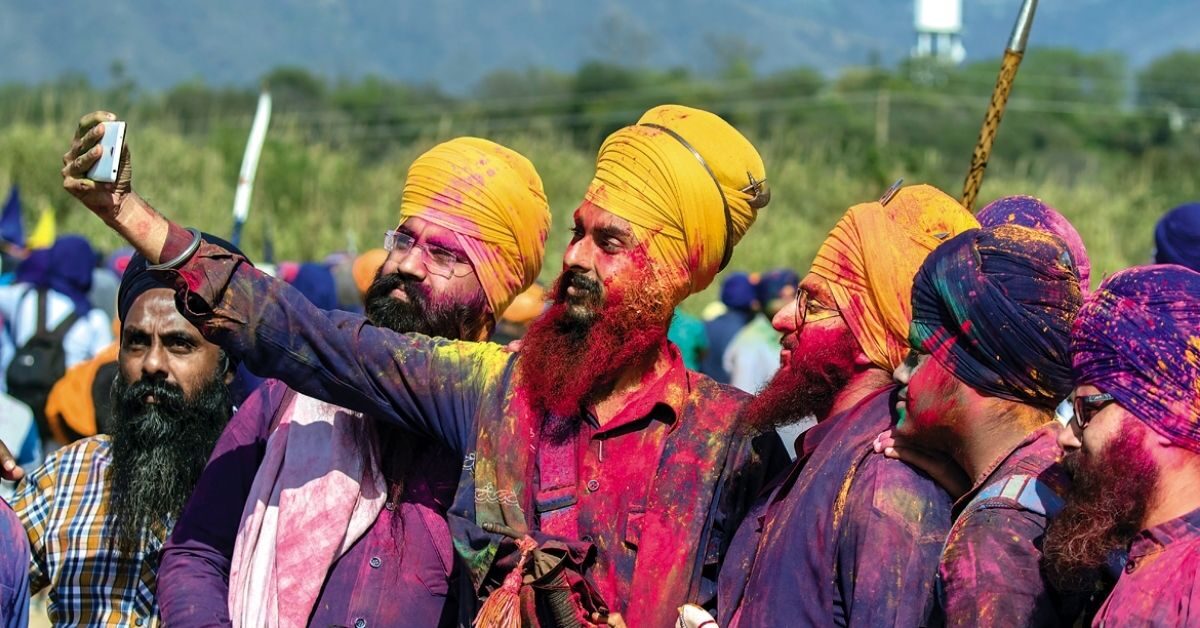
The Nihang Sikhs, appear fierce, as they come down towards the city in a whirlwind of smiles and energy. Each group comes with its leader in a barrage of motorbikes, jeeps, cars, carts, trolleys, and buses. All the groups set up camp all across the city, while some choose to stay at the Gurudwara and some choose to stay at the campsites which are made available for the festival. The camps set up their own kitchens with elaborate meals being prepared and shared with all those who wish to join in.
Langars Community Service Kitchens
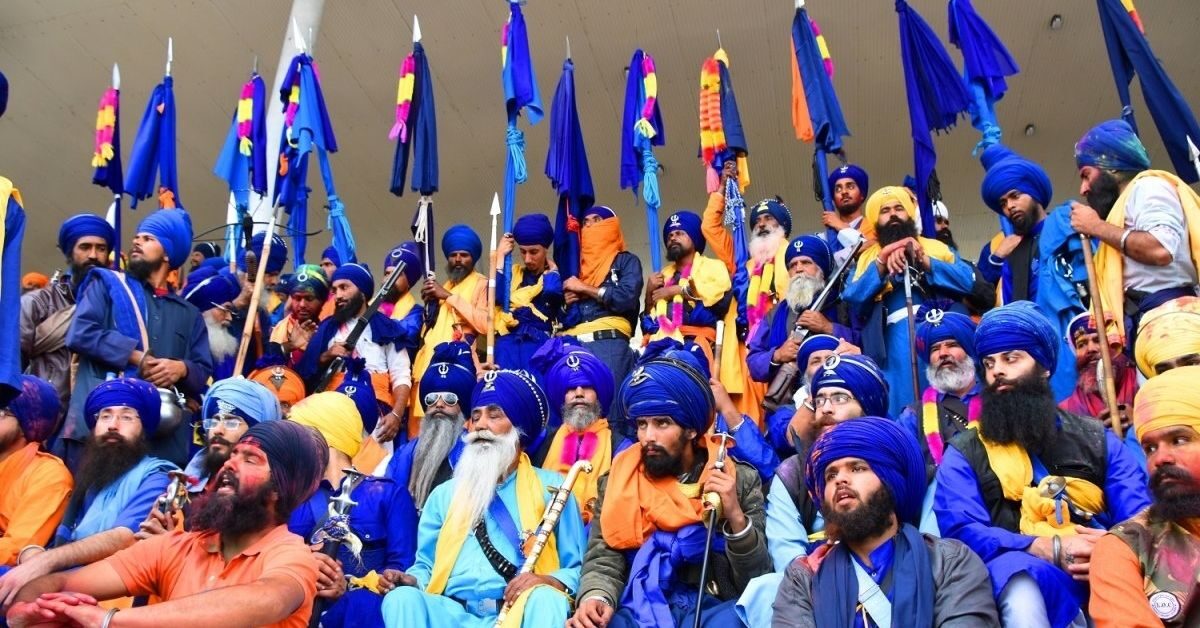
All the attendees volunteer at langars, which are community service kitchens, at the Gurudwaras. These kitchens serve simple, nutritious meals for those who wish to attend. The volunteers also serve a traditional Holi drink called thandai, made with rose water, poppy seeds, sugar, milk, and spices, generally served chilled.
Beginning off the Festivities
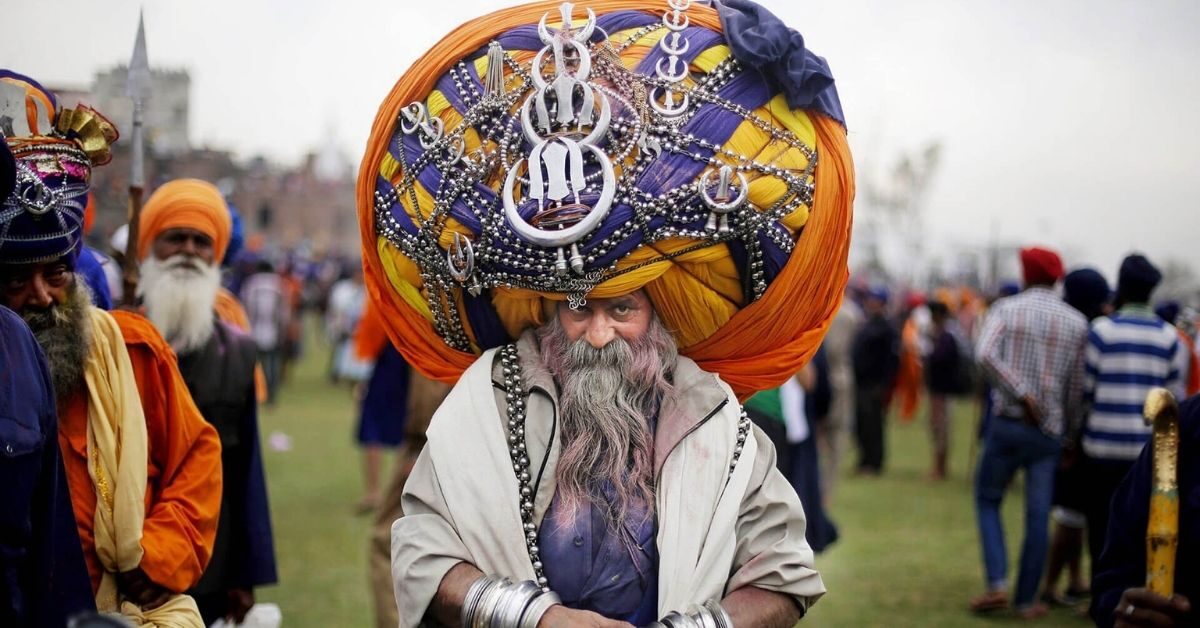
The early morning prayers at the Gurudwara start the festival on a spiritual note.
Devotional music and the recital of the Guru Granth Sahib follow. The narration of stories of the valor of Sikh Gurus goes on. After the prayers, a number of festivities take place at the same time.
The Display at Charan Ganga Stadium
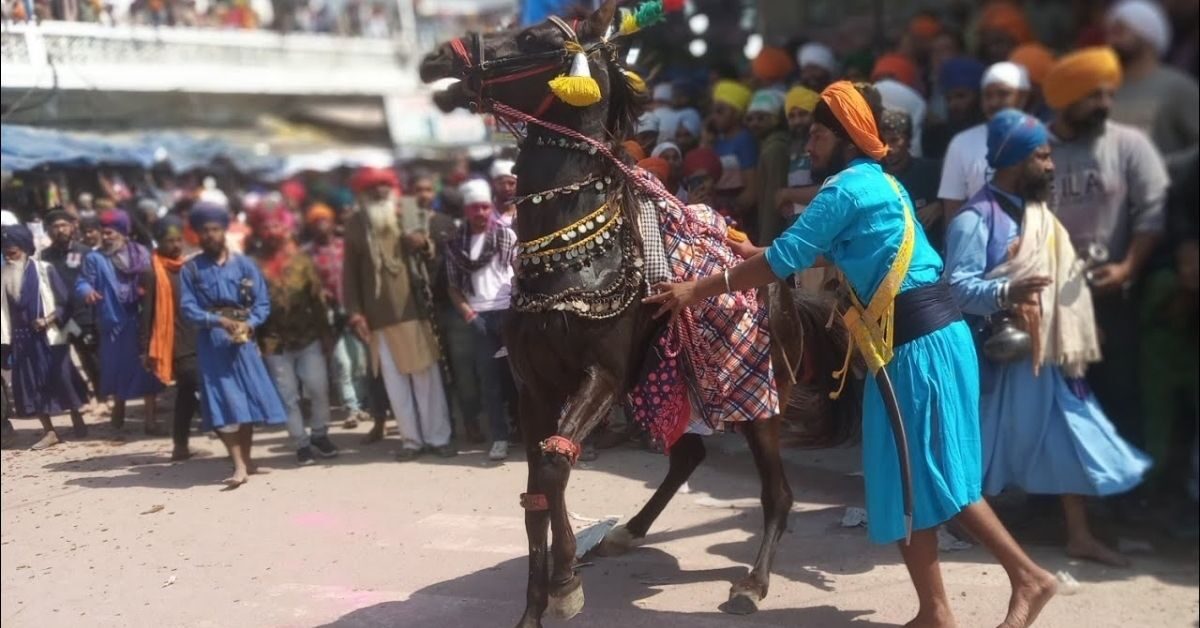
At the stadium, participants show up with a display of skills. Hence, remarkable deeds of courage, skill, and discipline attract a large crowd who gather to watch the festivities.
Display of Horsemanship
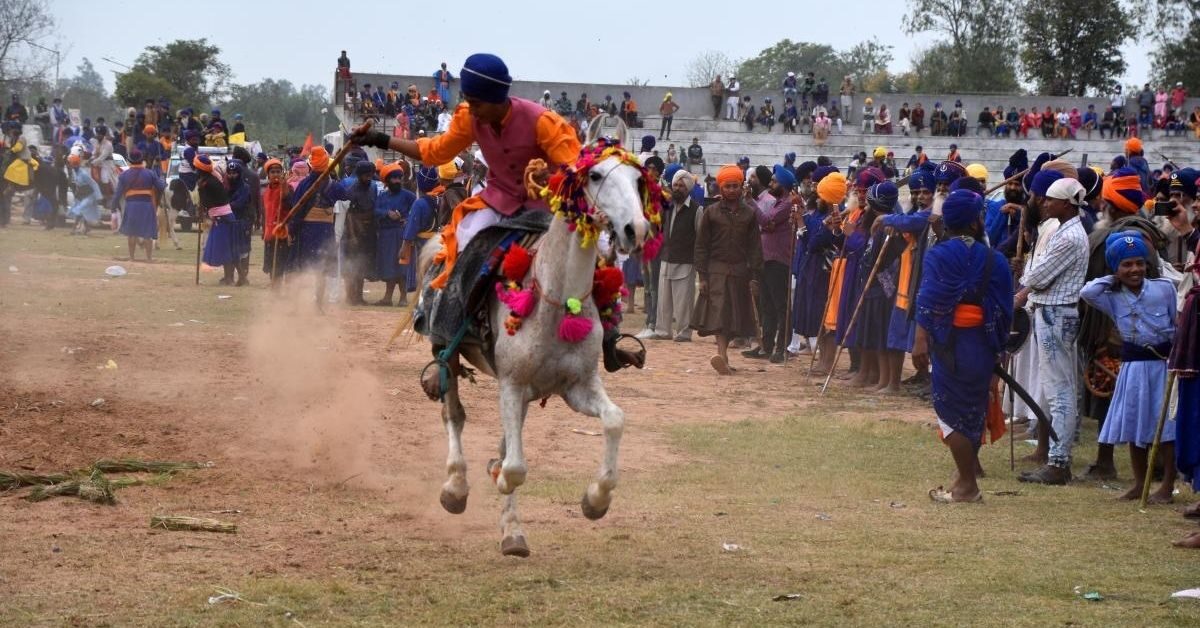
Horsemanship plays a huge role in the festivities. The display of horse riding goes beyond simple riding, with some performing on daredevil acts, riding not one or two but three and sometimes even four horses at the same time. Hence, friendly competitions of sword fighting, with Nihang fighters from different groups displaying their skills in the art.
From Horses to Motorbikes
Another area of skills displayed is on the motorbike. As modernity was accepted in the community, some Nihang Sikhs traded their horses for motorbikes. Also, the participants show their skills and talent like riding blindfolded, standing up straight on a moving bike, and showing off their skills and strength. Another area of expertise that is displayed in the festival is the Chakri.
The Traditional Garb
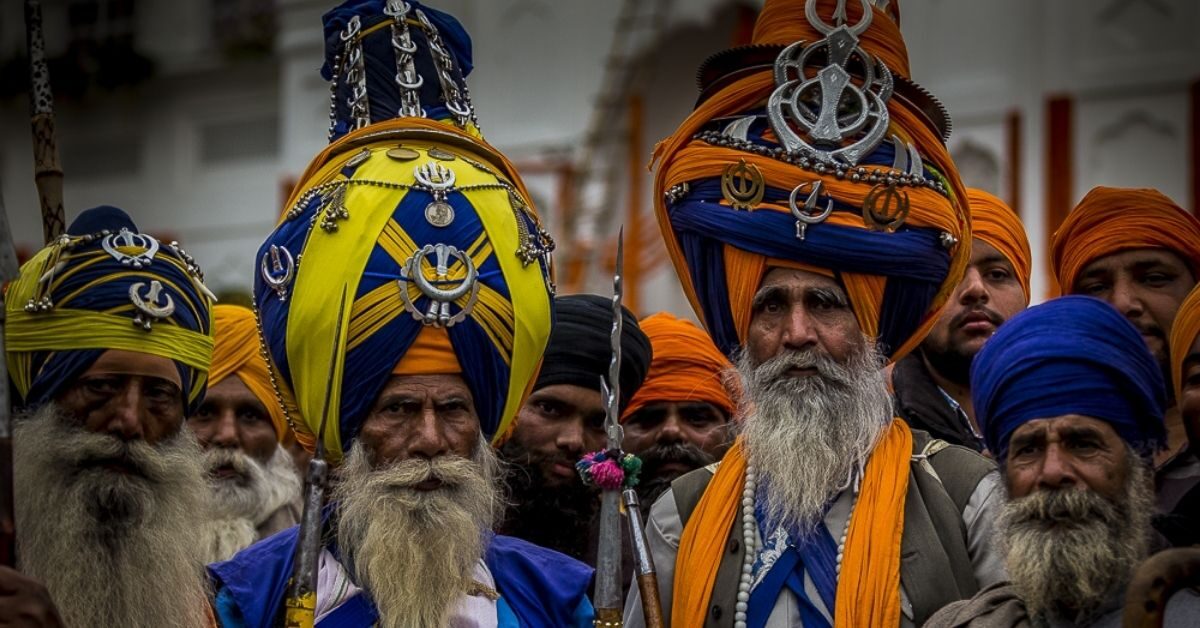
The participants dress in their ethnic attire during the festivities. They wear their traditional blue robes and embellished dastars, which are tall turbans that rise high above their heads. Some even wear traditional chainmail during the display of skills.
Playing with Colour
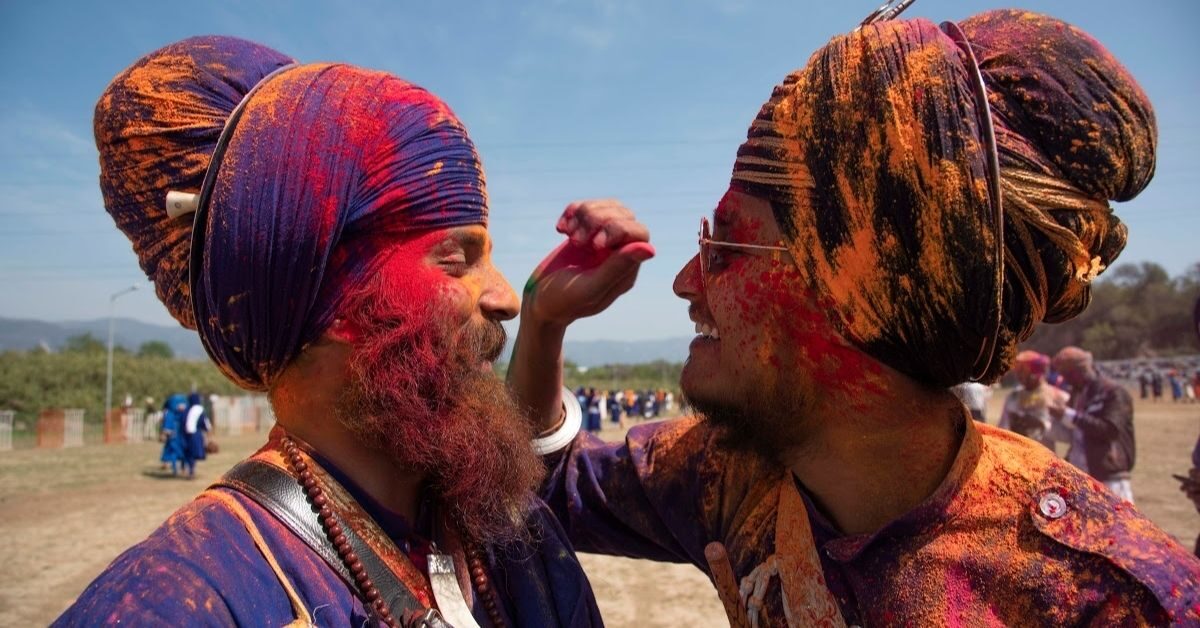
Some of the participants even play with powdered or wet colors during the festivities, even though it isn’t an official part of the celebrations.
End of the Festival
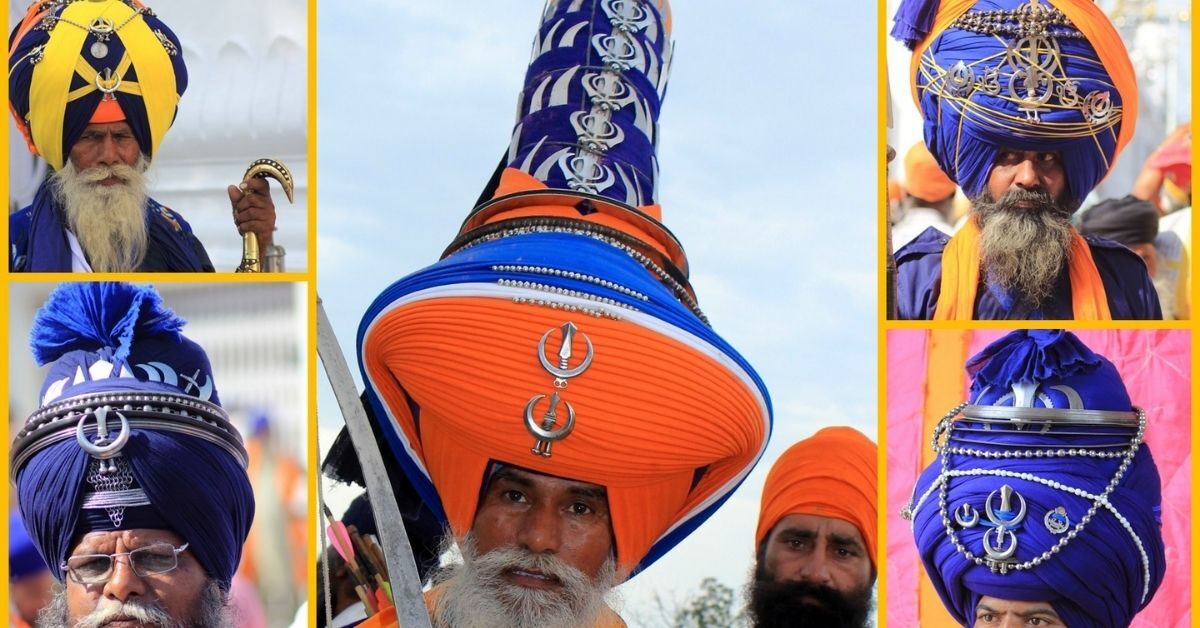
On the last day, a long procession commences, beginning from and concluding at the Takhat Keshgarh Sahib.
Due to its great historical and military importance, the Hola Mahalla festival contributes to creating awareness of Sikh heritage as well as promoting the sustainable development of community tourism.
Follow India Chalk on Instagram for more amazing travel content. You can share your travel story with us. Reach out to us on email at contact[at]ndiachalk[dot]com. This blog is curated by India Chalk and written by Soumya Karkera.

